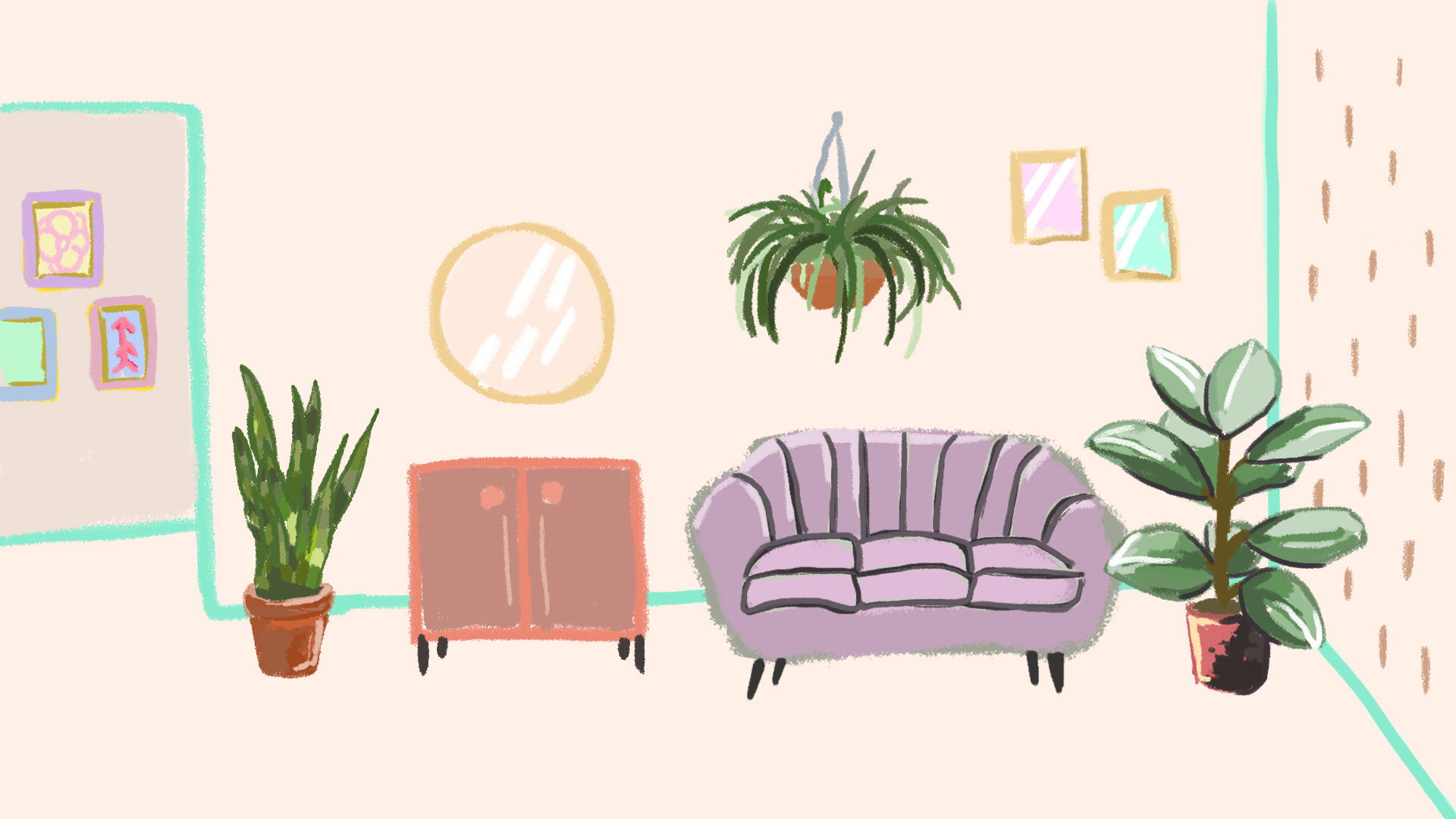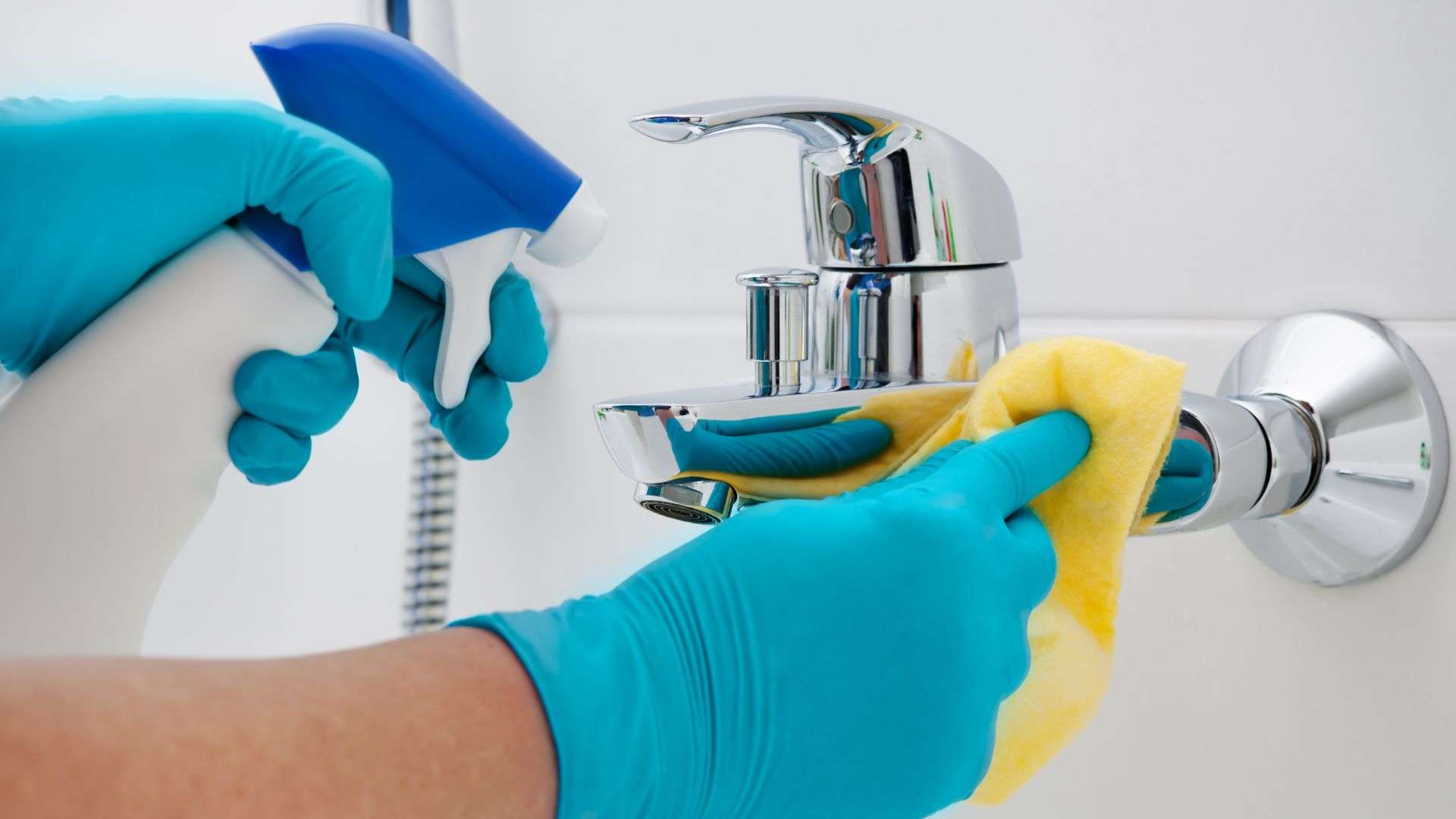Fight The Haze With These Air-Purifying Indoor Plants
Plants are often used to add a touch of green to homes and to make living spaces more warm and inviting. But did you know that certain plants also act as perfect natural air purifiers? Air conditioned environments and the ongoing haze season can increase our exposure to harmful substances and toxins. Closed windows with insufficient natural ventilation can thus make our homes potentially full of pollutants too.
While most plants breathe in oxygen and breathe out carbon dioxide at night (making them harmful to have in bedrooms), some household plants can actually filter out pollutants through natural photosynthesis. Well suited to Singapore’s humidity, these unsung heroes improve air quality by absorbing and filtering out toxic agents from the indoor air. What’s more, a study done by NASA confirmed that in addition to improving air quality, certain indoor plants can reduce stress levels and relieve eye strain, resulting in better quality sleep.
And now that the National Environment Agency (NEA) has warned us about the potential for hazy conditions soon, there's no better time than now to pick up a few of these babies from the nearest plant nursery.
Say goodbye to allergies and poor quality health with these 9 affordable and low maintenance plants:
1. Snake plant
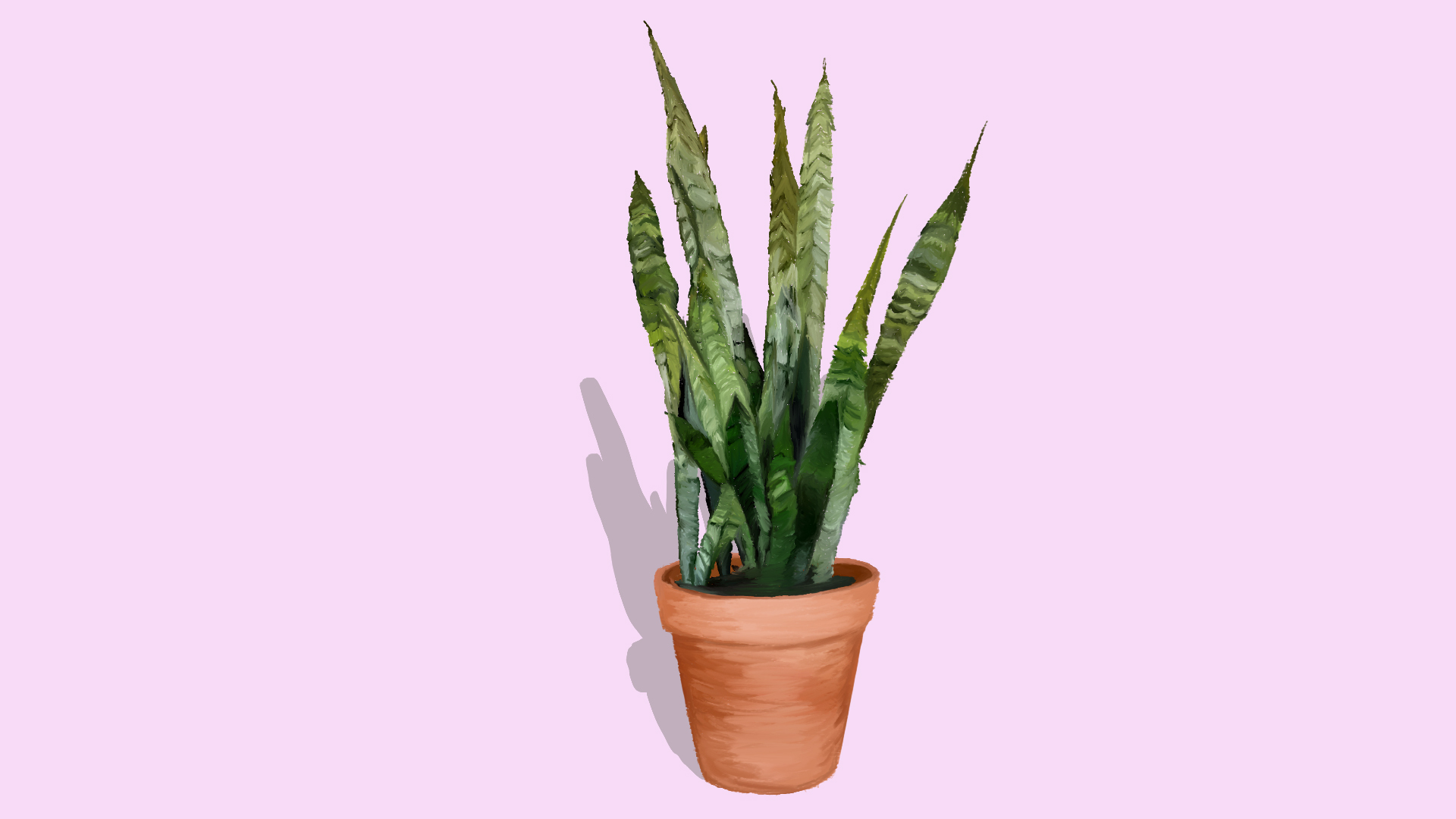
Also known as mother-in-law’s tongue, this resilient plant survives in low light conditions and only needs occasional watering, making it the perfect choice for people without green thumbs. Super effective in filtering out chemical vapour pollutants such as formaldehyde, benzene and xylene (found in glue and paints), the plant is known for its toxin fighting qualities as well as for its rich colour.
Snake plants release oxygen at night, making them a safe addition to bedrooms for optimal sleeping conditions. Got a corner in your house that needs easy sprucing up? Bring in a pot of the hardy snake plant pronto.
2. Boston Fern
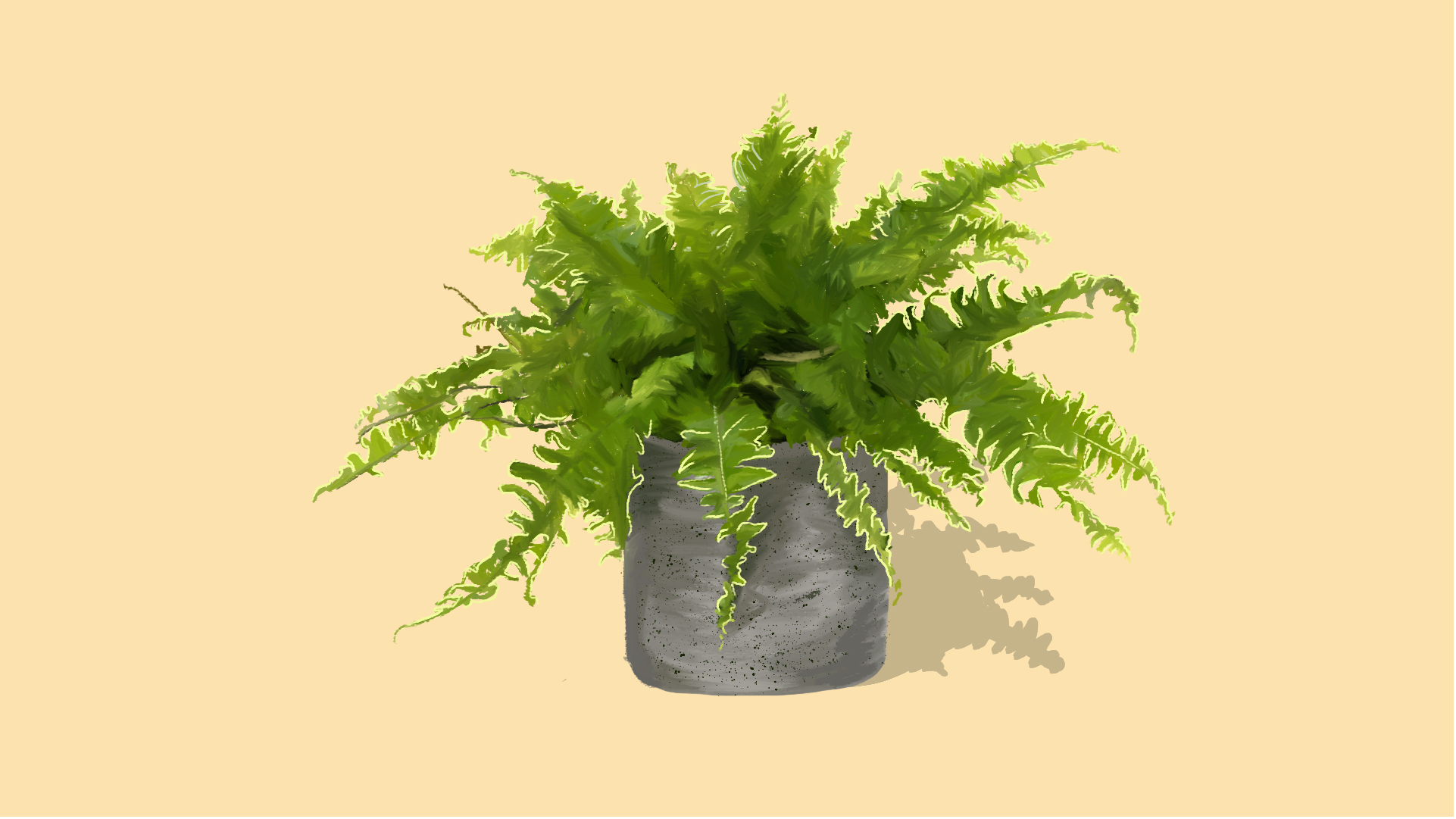
The Boston fern is known for its lush green foliage, humidifier characteristics and the ability to remove mould and toxins (formaldehyde and xylene) from the air. As the plant thrives in humid conditions with strong sunlight, Singapore offers many varieties of Boston Fern, so finding one to suit your home won’t be hard. The frilly fern needs moist soil to grow, so a humid environment (such as the bathroom or bedroom) with strong sunlight is a must.
The delicate plant also helps restore moisture in the air by serving as a humidifier, so it’s a great natural remedy for those suffering from dry skin conditions. However, the plant is slightly high maintenance, needing daily watering and a weekly sprinkle of fertiliser weekly.
3. Areca Palm
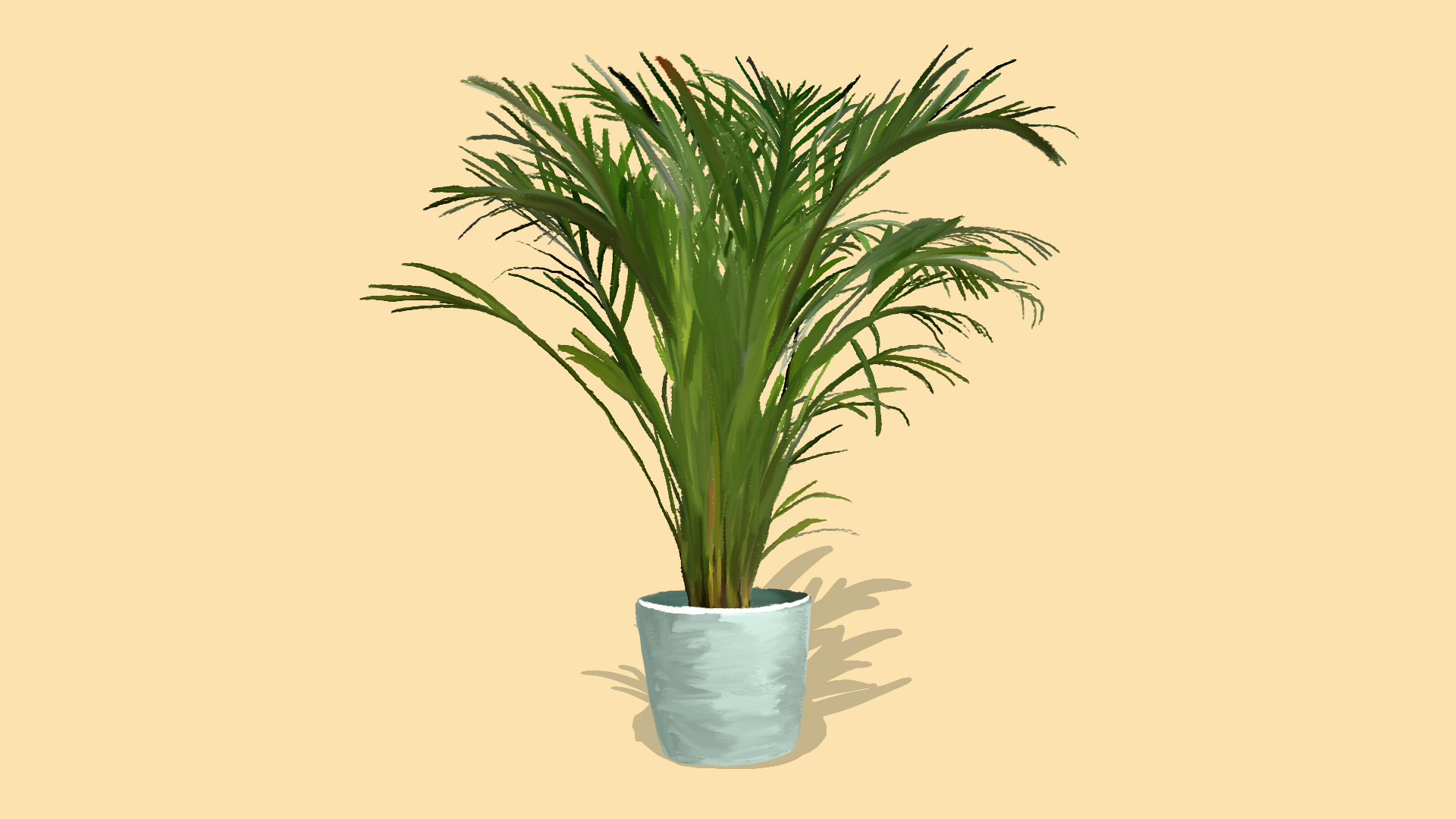
Ranked as NASA’s top indoor air purifier, this green leafy wonder helps remove indoor toxins and keep the moisture in dry, air conditioned environments. Fast-growing, the Areca Palm thrives indoors in semi-sunny conditions, as long as the root ball and leaves are kept damp.
4. Dracaena
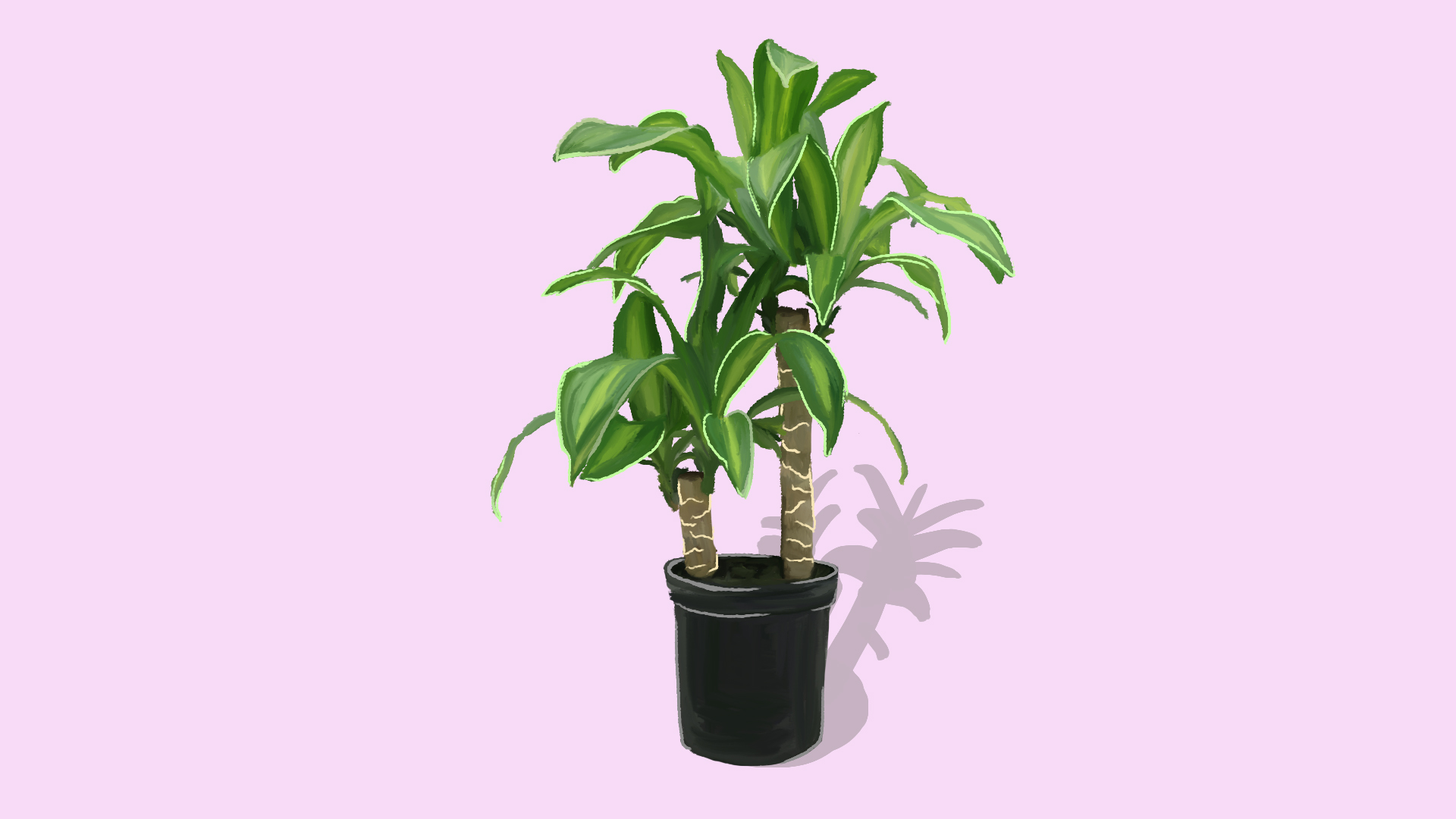
Plants from the sprightly Dracaena family come in 40 different varieties, such as the red-edged dracaena which are perfect for indoor desks and bedside tables, while the taller cornstalk dracaena varietals are better for outdoor use. The radiant foliage of Dracaena is easy to maintain, requiring only moderate watering in semi-shaded environment, and is known for expelling formaldehyde and other volatile organic compounds such as benzene, xylene and trichloroethylene from the indoor air in homes. While very useful plants, the leaves are known to be toxic to dogs and cats if ingested.
5. Spider Plant
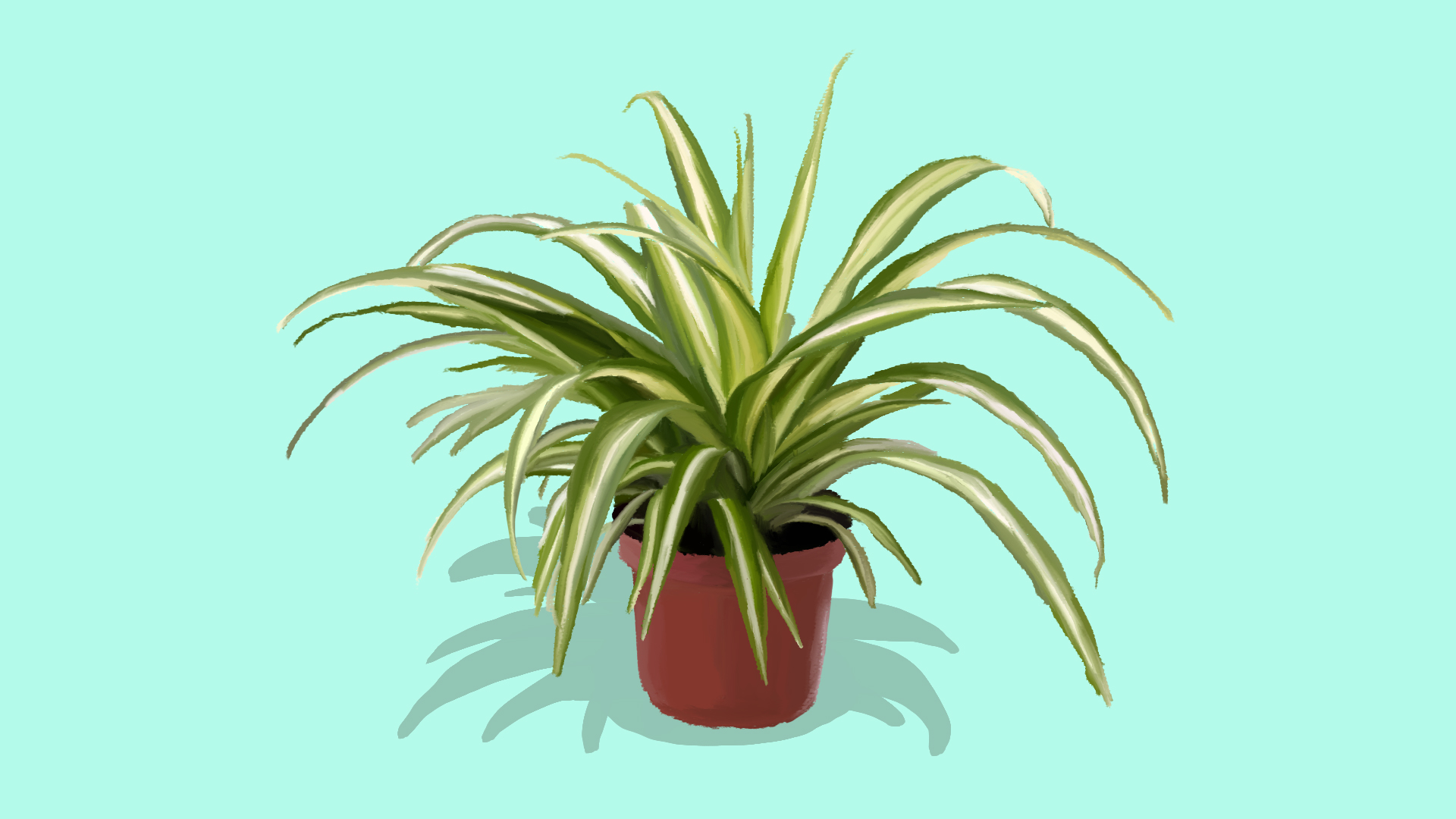
If you’re allergic to dust, this is the plant for you. Hardy and resilient, the spindly spider plant is one of the lowest maintenance indoor plants available, growing even when neglected. Spider plants are said to be able to remove up to 90 percent of pollutants in the air, including removing traces of formaldehyde and carbon monoxide, and absorbing mould and other harmful allergens.
6. Rubber Plant
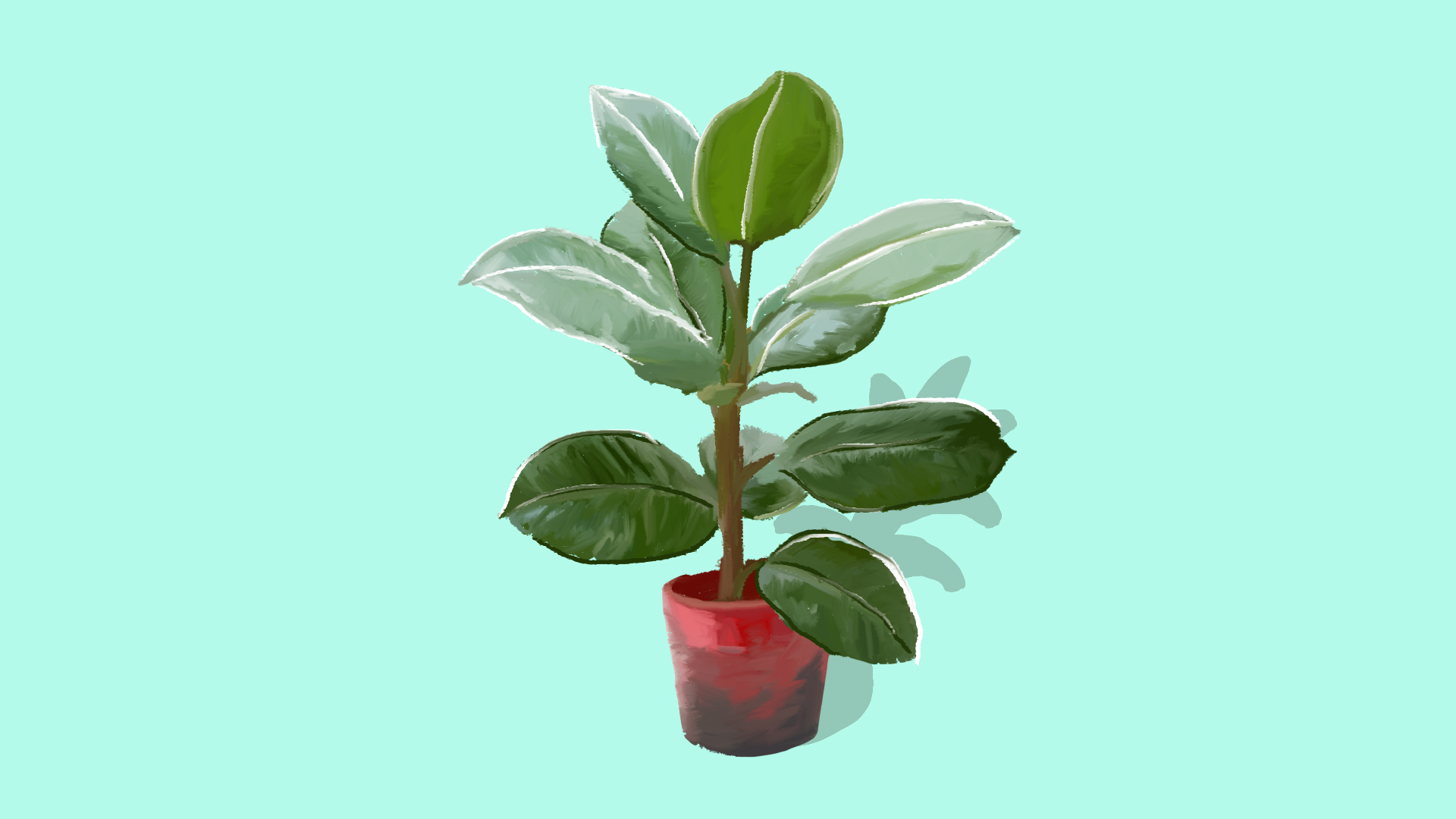
These beautiful low maintenance green plants instantly brighten any room they are placed in, doubling up as the perfect way to remove formaldehyde from the indoor air. Not requiring direct sunlight, the rubber plant (also known as money plant) can thrive in dim to low light conditions as long as the soil is kept moist.
7. Aloe Vera
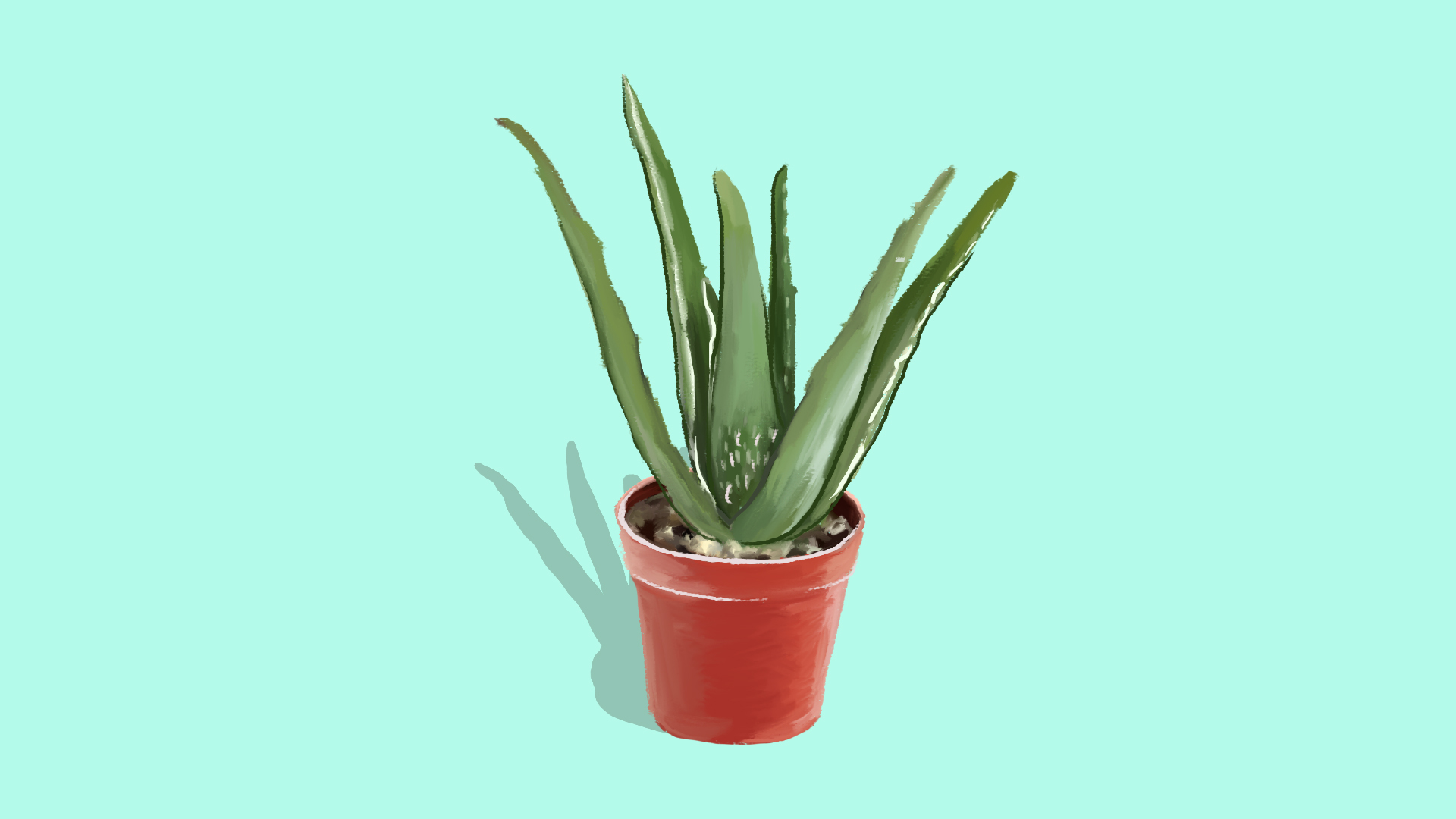
Everyone knows about the healing properties that the Aloe Vera gel is famous for, used for everything from moisturising skin to healing burns and cuts. However, the humble Aloe Vera is also excellent for improving indoor air quality, as it absorbs benzene from the air (the industrial solvent found in paint and chemical cleaners). Easy to maintain, it’s great for even those with no green thumbs.
8. Peace Lily
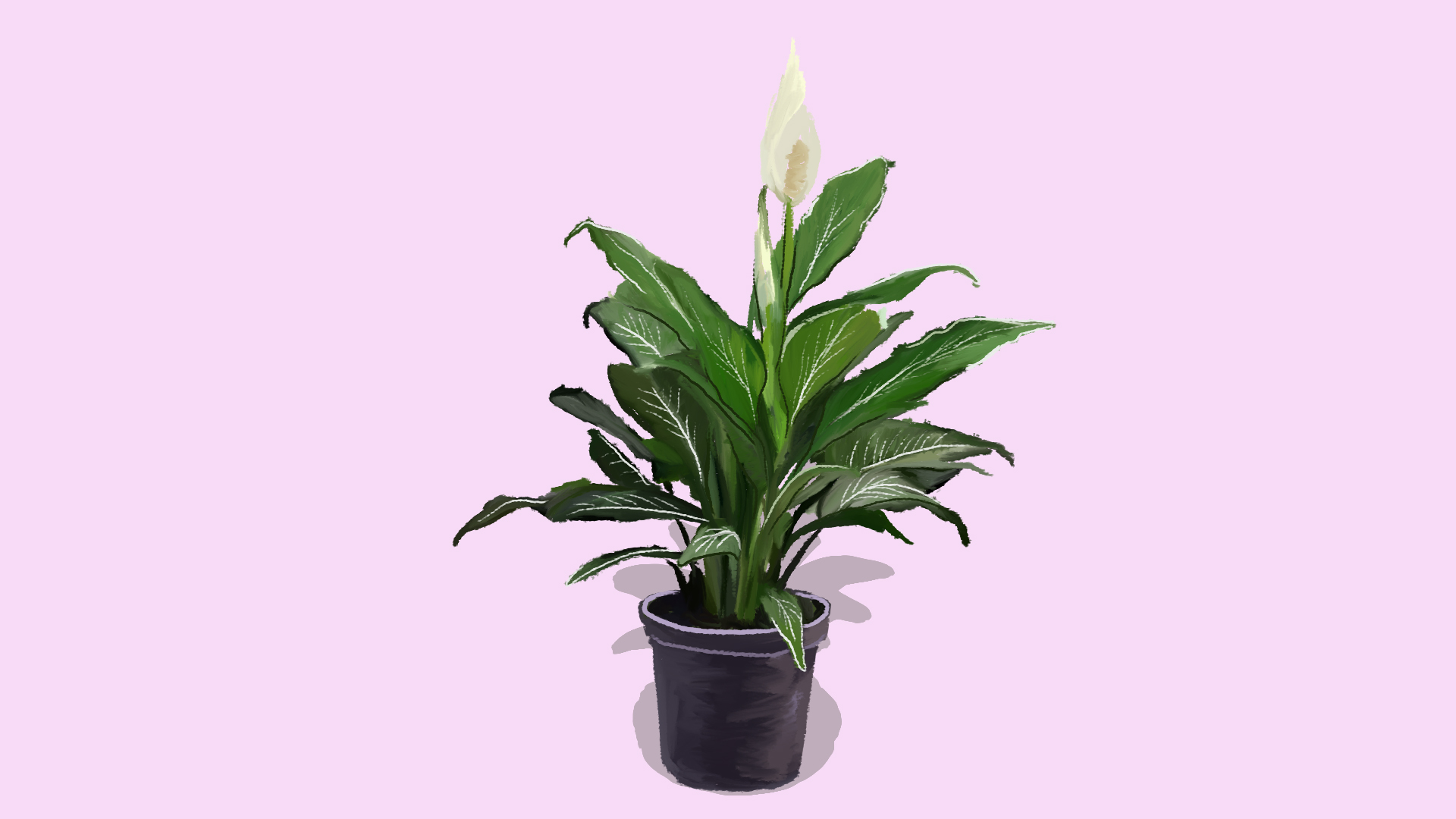
Though hardy, the elegant white and green Peace Lily makes for a lovely addition to any room in the house. It actually thrives in shady conditions with moderate watering, making it the perfect indoor addition. The Lily is known for removing harmful air toxins and pollutants such as benzene, ammonia, formaldehyde, trichloroethylene and acetone (the carcinogen found in paints and polishes). However, the shiny plant is toxic to cats and dogs if ingested.
9. Dendrobium Orchid
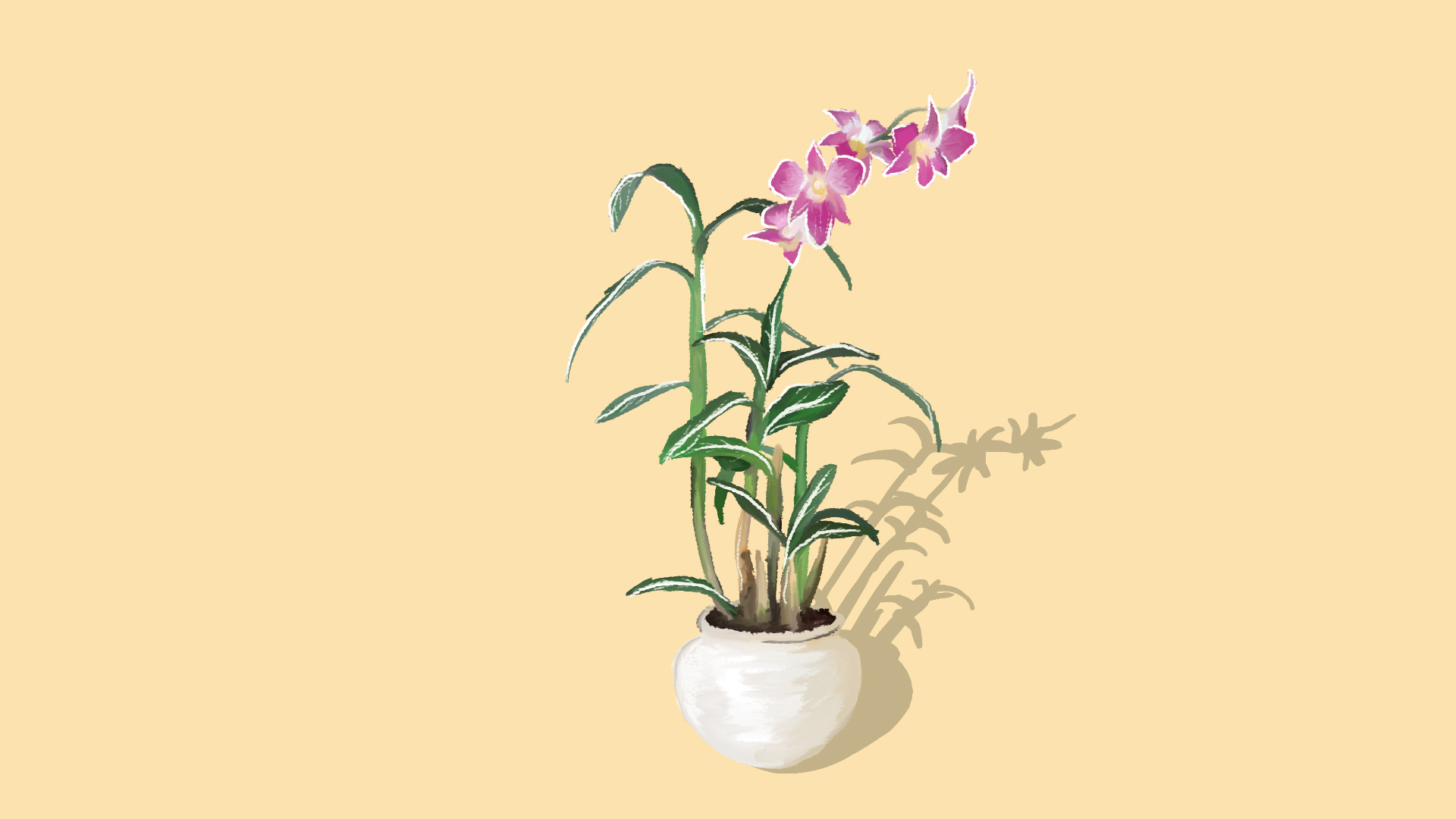
Singapore’s national flower is not only famous for its beauty, but also for its ability to remove xylene vapours from the air. Plus since orchids give off oxygen at night, they are suitable for bedrooms too.
For the latest updates on Wonderwall.sg, be sure to follow us on TikTok, Telegram, Instagram, and Facebook. If you have a story idea for us, email us at [email protected].







